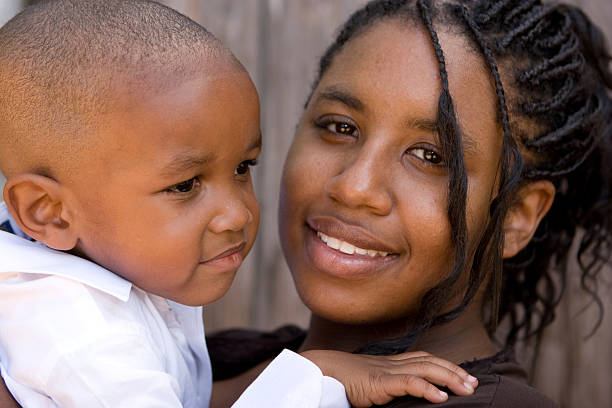Here we critically discuss 5 reasons why the rate of teenage pregnancy increases, despite the implementation of various preventative measures to lower its occurrence.
Need Help?
[quform id="1" name="Schools Form"]The Increase in Teenage Pregnancy Rates: A Critical Discussion
Teenage pregnancy continues to be a global concern, with rising rates observed even in the face of various preventive measures. Understanding this paradox requires a nuanced examination of the underlying causes and how existing interventions might be falling short. South Africa, like many other countries, has been grappling with this issue. This article critically discusses the reasons why the rate of teenage pregnancy increases, despite the implementation of various preventative measures to lower its occurrence.
Table of Contents
5 Reasons why the rate of teenage pregnancy increases, despite the implementation of various preventative measures
Reasons why the rate of teenage pregnancy increases, despite implementation of various preventative measures to lower its occurrence are linked to:
- Ineffective Education Programs: Lack of comprehensive sex education, cultural barriers.
- Limited Access to Contraception: Affordability, availability, stigma, misinformation.
- Social and Economic Factors: Poverty, peer pressure, social norms.
- Psychological and Behavioral Factors: Rebellion, risk-taking behavior, lack of parental guidance.
- Failures in Preventative Measures: One-size-fits-all approaches, lack of follow-up and support.
1. Ineffective Education Programs
- Lack of Comprehensive Education: Sex education in schools might be inadequate or misaligned with the teenagers’ needs, failing to provide essential information.
- Cultural Barriers: Cultural taboos around discussing sexual health can hinder effective communication and education.
2. Limited Access to Contraception
- Affordability and Availability: Contraceptive methods might be inaccessible or unaffordable to some teenagers, especially in underprivileged areas.
- Stigma and Misinformation: The stigma around contraception use and misinformation can discourage teenagers from using birth control methods.
3. Social and Economic Factors
- Poverty: Economic constraints might drive some teenagers towards early marriage or relationships with older partners, leading to increased pregnancy rates.
- Peer Pressure and Social Norms: Social pressures and acceptance of teenage pregnancy in some communities might contribute to its prevalence.
4. Psychological and Behavioral Factors
- Rebellion and Risk-taking Behavior: Teenagers might engage in risky sexual behaviours as a form of rebellion or exploration, despite awareness of the consequences.
- Lack of Parental Guidance: Absence of proper parental guidance and open communication might lead to uninformed decisions regarding sexual activity.
5. Failures in Preventative Measures
- One-size-fits-all Approaches: Implementing generic preventive measures without considering the specific needs and context of different communities might lead to failure.
- Lack of Follow-up and Support: Mere implementation without proper follow-up, support, and community engagement might render preventive measures ineffective.
South African Context
In South Africa, the complex interplay of these factors is evident. Cultural dynamics, socioeconomic disparities, education gaps, and systemic failures in preventive measures contribute to the persistence and increase in teenage pregnancy rates.
Conclusion
The increase in teenage pregnancy rates, despite various preventive measures, is a multifaceted issue that requires a more holistic approach. Generic interventions, lack of comprehensive sex education, barriers to contraception access, and societal factors are among the significant contributors to this problem. To reduce teenage pregnancy effectively, strategies need to be tailored to the specific needs and contexts of different communities, with an emphasis on education, accessibility, and community engagement. The South African scenario exemplifies these challenges, calling for a concerted effort to address this ongoing issue in a manner that respects cultural sensitivities and acknowledges the complexities of adolescence.
Did You See These?
- 5 Unwanted Results of Unhealthy Sexual Behaviour
- SIX Strong Motivational Factors for the Youth to be Involved in Risky Sexual Behavior
- 7 Ways in Which Positive Role Modelling in Community Could Assist the Youth to Develop Positive Value Systems
- 5 Ways on How Boys May Also Be Affected When Their Girlfriends Fall Pregnant
- 13 Ways on How Being A Teenage Parent Could Negatively Impact The Life of The Innocent Child

